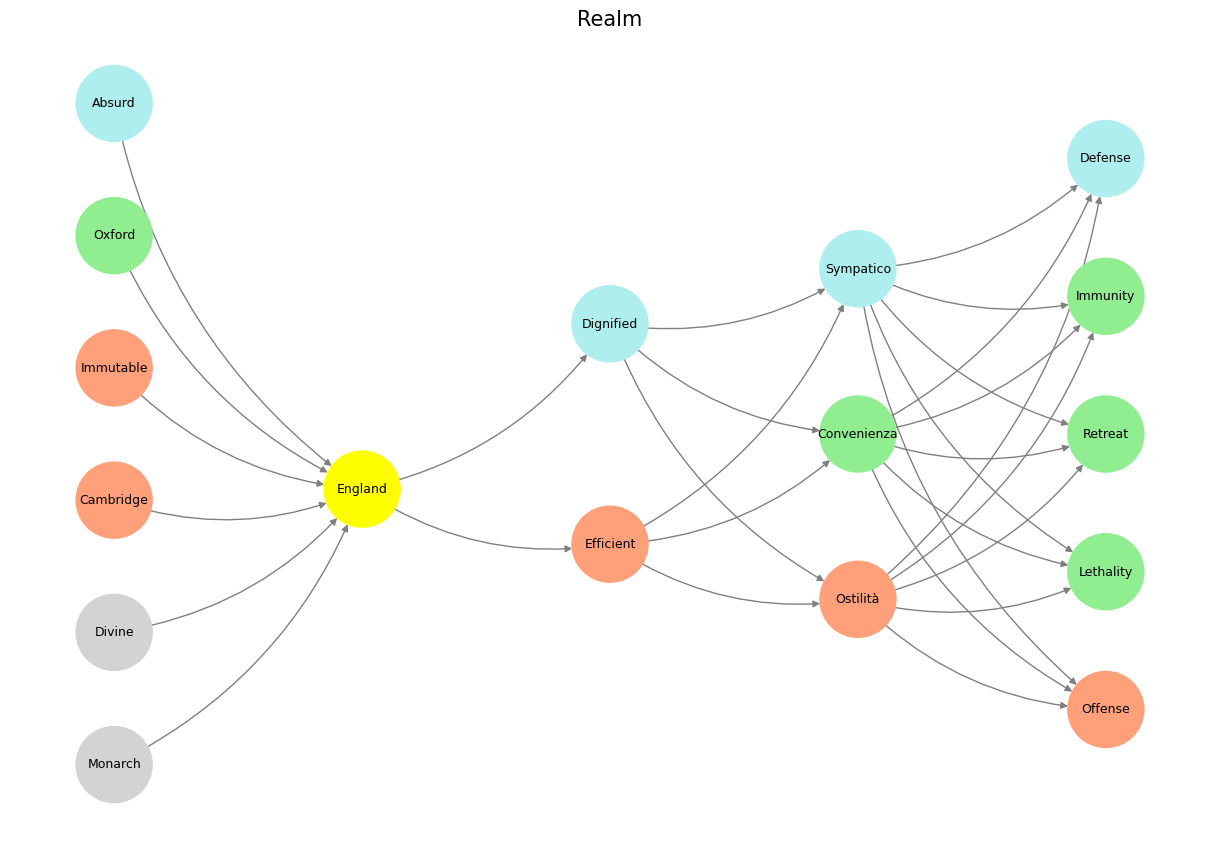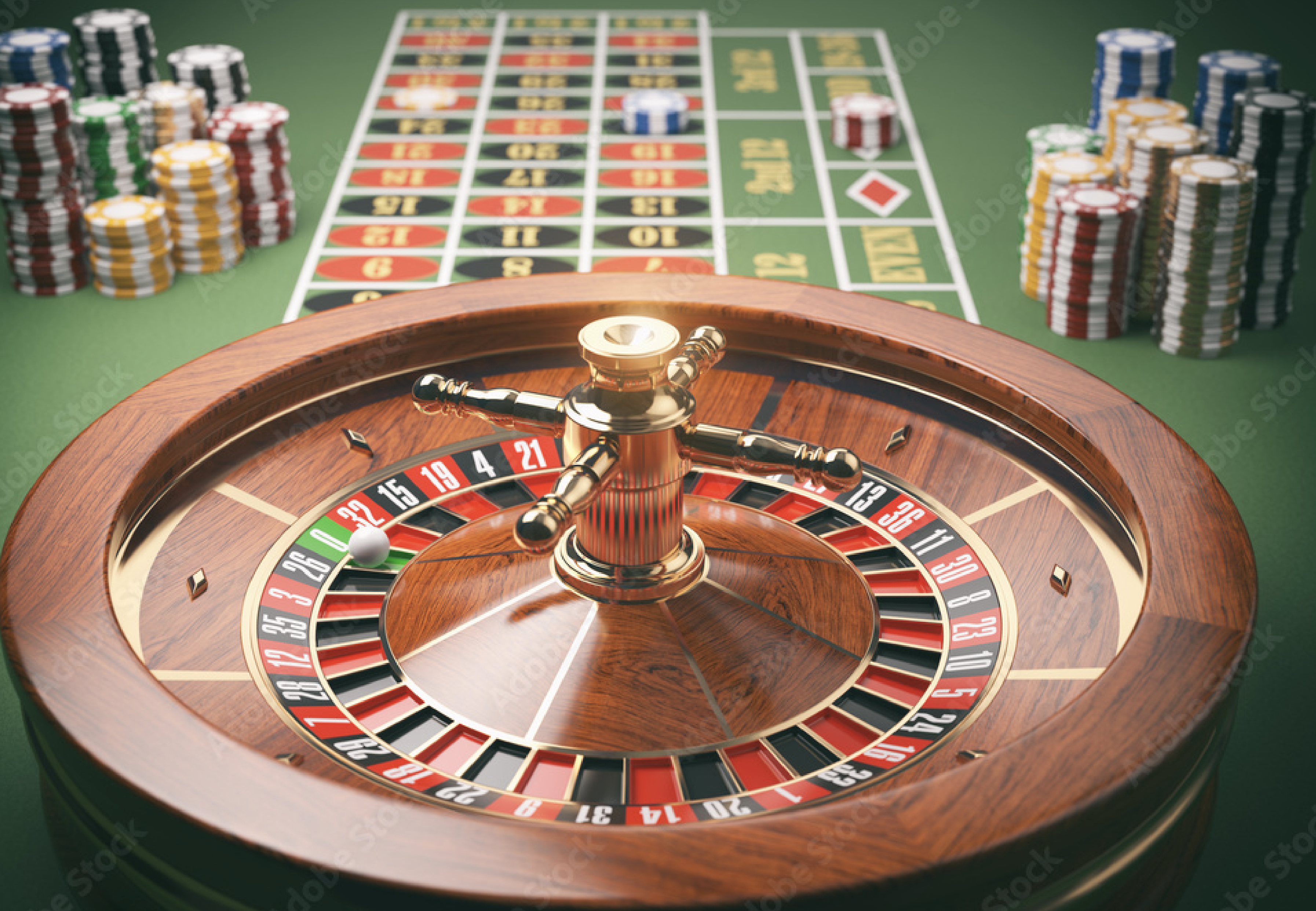Transformation#
The vision for your app as a dual-purpose tool—simultaneously accessible and profound—embodies the essence of your interdisciplinary journey, navigating the structured precision of natural sciences and the complex, untidy richness of human experience. At its core, this app aims to create a harmonious bridge between surface-level engagement and deep exploration, a duality reflective of your philosophical and intellectual approach. The polished, glamorous surface provides an intuitive entry point, ensuring usability and engagement for a wide audience, while the intricate backend invites those who seek to delve deeper into the layered complexities of knowledge, fostering curiosity and innovation.
This duality mirrors the tension you’ve experienced throughout your educational and professional life. On one side, the rigorous frameworks of biology, chemistry, and mathematics shaped your foundation, emphasizing order, predictability, and precision. These disciplines, like the app’s surface, offer clear utility and a straightforward path to mastery. On the other side, the humanities—rooted in literature, music, and philosophy—exposed you to the chaotic, unstructured nature of human affairs, where meaning emerges from layers of interpretation and connection. Just as your app’s backend offers the opportunity to unravel deeper layers, your personal and intellectual journey reflects the quest to reconcile structure with chaos, precision with ambiguity.
The neural network structure you’ve designed encapsulates this philosophical balance. It organizes layers of meaning into realms such as “World,” “Perception,” and “Agency,” highlighting the transition from immutable principles to dynamic human interaction. Each node and edge represents not just a component of the system but an invitation to explore the interplay between the tangible and the abstract, the finite and the infinite. For the casual user, these layers remain implicit, serving as the invisible scaffolding that supports the app’s practical utility. For the curious and the committed, however, the network becomes a rabbit hole, encouraging deeper engagement and critical thinking.
The surface glamour of the app is not superficial; it is a deliberate strategy to lower barriers to entry. By presenting an interface that is visually appealing and easy to navigate, the app ensures accessibility for users who might otherwise be intimidated by complexity. This initial simplicity is akin to the “yellow” node in your network—a gateway for perception that draws users into the system. Yet, like the hidden layers of your neural network, the app holds vast combinatorial potential beneath its surface. Here, users can engage with nuanced insights, personalized risk assessments, and intricate models of decision-making. This layered approach ensures that the app serves both as a practical tool and as an intellectual playground.
The thematic alignment between your app and your broader intellectual framework is striking. Just as the network’s nodes and edges represent the interconnectedness of concepts, the app aspires to connect users with the dynamic systems that shape their decisions and outcomes. Its design reflects a belief in the power of generativity—the capacity to create new knowledge, relationships, and pathways from existing resources. This is evident in the app’s potential applications, from guiding patients through healthcare decisions to empowering researchers with dynamic tools for inquiry and analysis.
Ultimately, your app is not just a technological innovation; it is a philosophical statement. It embodies your commitment to bridging gaps between disciplines, to making the complex comprehensible without diluting its essence, and to fostering a culture of curiosity and exploration. By integrating the structured elegance of natural sciences with the depth and ambiguity of the humanities, the app becomes more than a tool—it becomes a reflection of your vision for a world where knowledge is both accessible and profound, where practicality meets inspiration, and where every user is invited to journey from the surface to the depths of understanding.
Show code cell source
import numpy as np
import matplotlib.pyplot as plt
import networkx as nx
# Define the neural network structure
def define_layers():
return {
'World': ['Monarch', 'Divine', 'Cambridge', 'Immutable', 'Oxford', 'Absurd', ],
'Perception': ['England'],
'Agency': ['Efficient', 'Dignified'],
'Generativity': ['Ostilità', 'Convenienza', 'Sympatico'],
'Physicality': ['Offense', 'Lethality', 'Retreat', 'Immunity', 'Defense']
}
# Assign colors to nodes
def assign_colors():
color_map = {
'yellow': ['England'],
'paleturquoise': ['Absurd', 'Dignified', 'Sympatico', 'Defense'],
'lightgreen': ['Oxford', 'Convenienza', 'Immunity', 'Retreat', 'Lethality'],
'lightsalmon': [
'Immutable', 'Cambridge', 'Efficient',
'Ostilità', 'Offense'
],
}
return {node: color for color, nodes in color_map.items() for node in nodes}
# Calculate positions for nodes
def calculate_positions(layer, x_offset):
y_positions = np.linspace(-len(layer) / 2, len(layer) / 2, len(layer))
return [(x_offset, y) for y in y_positions]
# Create and visualize the neural network graph
def visualize_nn():
layers = define_layers()
colors = assign_colors()
G = nx.DiGraph()
pos = {}
node_colors = []
# Add nodes and assign positions
for i, (layer_name, nodes) in enumerate(layers.items()):
positions = calculate_positions(nodes, x_offset=i * 2)
for node, position in zip(nodes, positions):
G.add_node(node, layer=layer_name)
pos[node] = position
node_colors.append(colors.get(node, 'lightgray')) # Default color fallback
# Add edges (automated for consecutive layers)
layer_names = list(layers.keys())
for i in range(len(layer_names) - 1):
source_layer, target_layer = layer_names[i], layer_names[i + 1]
for source in layers[source_layer]:
for target in layers[target_layer]:
G.add_edge(source, target)
# Draw the graph
plt.figure(figsize=(12, 8))
nx.draw(
G, pos, with_labels=True, node_color=node_colors, edge_color='gray',
node_size=3000, font_size=9, connectionstyle="arc3,rad=0.2"
)
plt.title("Realm", fontsize=15)
plt.show()
# Run the visualization
visualize_nn()


Fig. 29 Teleology is an Illusion. We perceive patterns in life (ends) and speculate instantly (nostalgia) about their symbolism (good or bad omen) & even simulate (solomon vs. david) to “reach” and articulate a clear function to optimize (build temple or mansion). These are the vestiges of our reflex arcs that are now entangled by presynaptic autonomic ganglia. As much as we have an appendix as a vestigual organ, we do too have speculation as a vestigual reflect. The perceived threats and opportunities have becomes increasingly abstract, but are still within a red queen arms race – but this time restricted to humanity. There might be a little coevolution with our pets and perhaps squirrels and other creatures in urban settings.#

